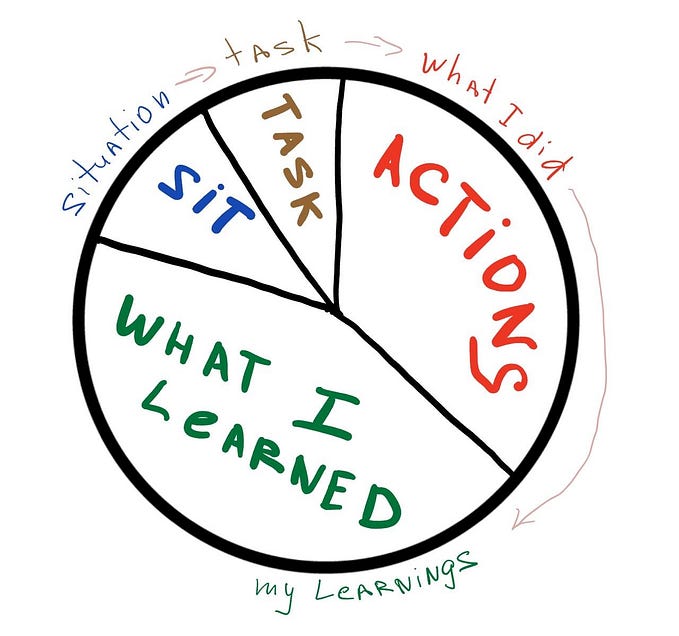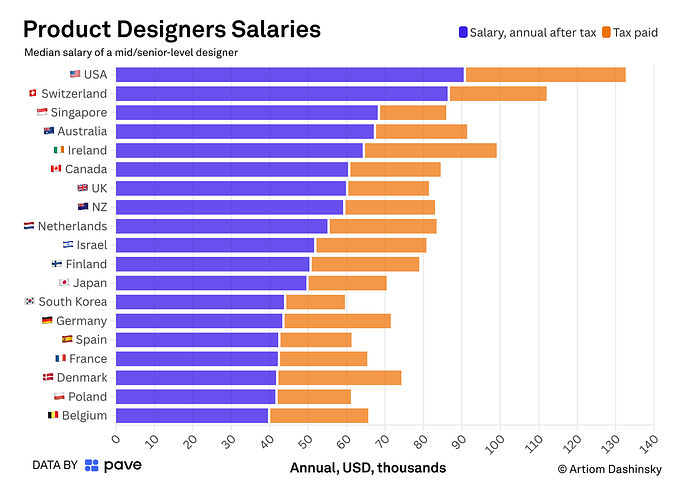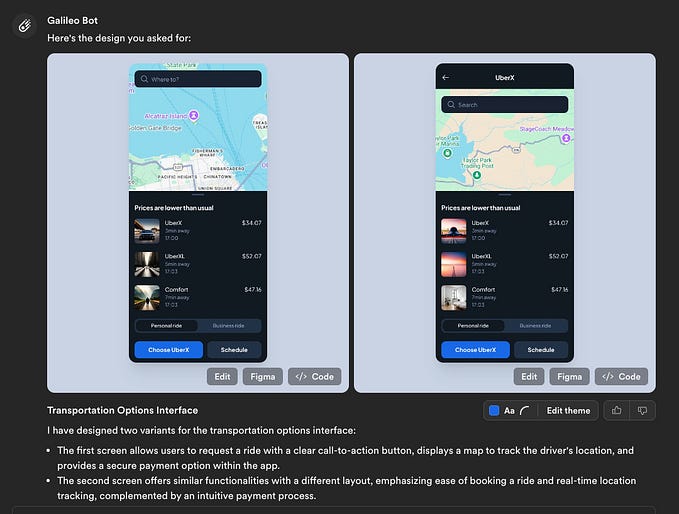Bittensor TAO: The Definitive Beginner’s Guide

What is Bittensor?
Bittensor is a decentralized network that’s designed to connect machine learning models, rather than computers or servers. Think of it as a global brain where each ‘neuron’ is a machine learning model owned by different people around the world. These models work together to process information and provide intelligent responses, much like how neurons in your brain work together to help you think and make decisions.
Bittensor uses a unique blockchain architecture designed to facilitate a decentralized machine learning protocol.
Bittensor’s blockchain is built using the Substrate framework, which is a modular framework that enables the creation of purpose-built blockchains. Bittensor’s blockchain is built using the Substrate framework, which is the same technology that underpins Polkadot. Substrate is developed by Parity Technologies and is designed to enable developers to build highly customizable blockchains that can easily connect with Polkadot’s network if they choose to do so.
Substrate provides the foundational building blocks, or “pallets,” which can be customized to create a blockchain that meets specific needs. This allows Bittensor to have a blockchain that is optimized for its decentralized machine learning network.
Bittensor employs a Proof of Stake (PoS) consensus mechanism, which is different from the Proof of Work (PoW) mechanism used by networks like Bitcoin. In PoS, validators are chosen to create new blocks and confirm transactions based on the number of tokens they hold and are willing to “stake” as collateral. This is generally more energy-efficient than PoW.
What is TAO?

The TAO token is the native cryptocurrency of the Bittensor network. It serves several key functions and purposes within the ecosystem:
- Incentivization: The TAO token is used to incentivize various participants in the Bittensor network. Miners, who contribute their computational resources to perform machine learning tasks, are rewarded with TAO tokens for their contributions. This reward mechanism encourages the provision of computational power to the network, which is essential for the decentralized machine learning processes.
- Staking: To participate in the network as a miner and earn rewards, participants must stake TAO tokens. Staking serves as a form of collateral or “skin in the game,” which helps to ensure that miners are motivated to act in the best interest of the network. It also helps to secure the network by making it costly for any participant to act maliciously.
- Governance: TAO tokens can be used in the governance of the Bittensor network. Token holders may have the ability to propose changes, vote on protocol upgrades, or participate in other decision-making processes that affect the network. This aligns with the decentralized ethos of blockchain technology, where control is distributed among the stakeholders rather than centralized in a single authority.
- Transaction Fees: Transactions on the Bittensor network, such as the transfer of tokens or the execution of smart contracts, may require the payment of fees. These fees are typically paid in TAO tokens and are used to compensate validators and miners for processing and securing transactions on the blockchain.
- Economic Model: The TAO token underpins the economic model of the Bittensor network. It is designed to balance the supply and demand of computational resources, align incentives among participants, and facilitate the exchange of value within the ecosystem.
- Access to Services: Users who need machine learning services provided by the Bittensor network may need to pay for these services using TAO tokens. This creates a market for machine learning services where tokens can be exchanged for computational work, such as data analysis, model training, or predictions.
The TAO token is integral to the functioning of the Bittensor network, as it provides the economic and incentive structure that enables a decentralized machine learning marketplace. By aligning the interests of various stakeholders through token-based incentives, Bittensor aims to create a sustainable and participatory ecosystem for decentralized AI development and services.

How Does Bittensor Work?
Just like Bitcoin, Bittensor operates on a decentralized network. This means there’s no single point of control or failure. Instead of having one central server that does all the work, Bittensor spreads the work across many different machines owned by individuals, known as ‘miners’.
In Bittensor, miners contribute their machine-learning models to the network. These models can be thought of as workers that analyze data and provide insights. Miners are rewarded with cryptocurrency tokens for their contributions, similar to how Bitcoin miners earn Bitcoin for verifying transactions.
Bittensor uses a unique consensus mechanism to ensure that the network agrees on the best response. When a question is asked, multiple models (miners) provide their answers. The network then uses a system to determine the best response from the collective input, which is then sent back to the user.
Bittensor has its own cryptocurrency token that is used to facilitate transactions within the network. Miners earn these tokens by providing their computational resources and intelligence to the network, and users spend tokens to ask questions or get tasks done by the network.
Simplifying how Bittensor works
Imagine a town where everyone has different jobs and skills. If you need something done, you go to the town square and ask. The townspeople who can help you offer their services, and you choose the one that best fits your needs.
The Network
Bittensor is like this town. It’s a network where each ‘townsperson’ is a machine learning model (miner) with its own specialty.
The Miners
Miners are the owners of these models. They keep their models running and ready to answer questions or perform tasks.
When you have a question, you send it out to the network. Miners whose models are suited to answer your question will process it and send back a proposed answer.
The Consensus
The network then uses a consensus mechanism to evaluate the answers. This is like the town’s council reviewing all the proposed solutions and deciding which one is the best.
The Reward
Once the best answer is chosen, it’s sent back to you,and the miner who provided the chosen answer is rewarded with cryptocurrency tokens. This reward system incentivizes miners to keep their models accurate and available.

The Tokens
The TAO tokens are a bit like the town’s currency. You use them to pay for the services you get, and the miners earn them for providing their expertise.
The Ledger
All of this is tracked on a decentralized ledger, similar to a blockchain, which records transactions and ensures that everything is fair and secure. This ledger is public, so anyone can see the transactions, but they’re encrypted to protect privacy.
Bittensor uses a specific set of rules, or a protocol, that all participants follow. This protocol determines how questions are sent out, how answers are judged, and how rewards are distributed.
The Security
To keep the network safe, Bittensor has security measures in place. These are like the town’s rules that prevent cheating and ensure that everyone is contributing positively.
The Growth
As more miners join the network and add their models, the ‘town’ grows. This means more skills and knowledge are available, making the network more powerful and able to answer a wider variety of questions.
Because Bittensor is decentralized, anyone with internet access can join the network, either as a user who asks questions or as a miner who provides answers. This makes powerful AI accessible to more people.
In essence, Bittensor is a decentralized marketplace for AI services, where the supply and demand of AI inference are matched, and transactions are recorded on a blockchain-like system. It’s a community-driven approach to making AI more widely available, with a reward system that encourages the maintenance and improvement of AI models.
Comparison to Bitcoin

Both Bittensor and Bitcoin are decentralized networks. There’s no central authority in charge, which makes them resistant to censorship and central points of failure.
In both systems, ‘mining’ involves contributing resources to the network and getting rewarded with cryptocurrency. In Bitcoin, miners verify transactions and secure the network. In Bittensor, miners provide computational power for machine learning tasks.
Bitcoin was groundbreaking because it introduced the concept of decentralized digital currency. Bittensor is groundbreaking in a similar way, but for decentralized computing power and artificial intelligence. It’s creating a new way for machine learning models to interact and provide services without a central authority.
Both networks have their own form of digital currency that incentivizes participation and facilitates transactions within their respective ecosystems.
Bitcoin revolutionized the idea of money by creating a secure, decentralized currency that doesn’t rely on banks or governments.
Bittensor is aiming to revolutionize artificial intelligence by creating a decentralized network where anyone can contribute their machine learning models and be rewarded for it, potentially democratizing access to AI.
In summary, Bittensor is like a decentralized brain, with machine learning models as neurons, working together to process information and solve problems. It’s similar to Bitcoin in its decentralized structure and use of cryptocurrency, but it applies these concepts to the realm of AI and machine learning, which could be just as transformative as Bitcoin’s impact on finance.
AI Training Vs. Inference
AI Training is like teaching a student a new subject. You give the AI lots of examples (data), and it learns patterns and information from these examples. This process requires a lot of computational power and time because the AI is essentially studying to understand and remember as much as possible.
AI Inference is when the AI takes what it has learned and applies it to new, unseen questions or problems. It’s like the student taking a test on the subject they’ve been studying. Inference is generally less computationally intensive than training because the AI is using its learned knowledge, rather than trying to acquire new knowledge.
Bittensor is focused on the inference part of AI. It’s designed to let machine learning models, which have already been trained, to work together to answer questions or perform tasks. The idea is to create a network where these trained models can be accessed and used by anyone who needs them, without having to train their own models from scratch.
Comparison Between ChatGPT and Bittensor
ChatGPT is a specific AI model developed by OpenAI that’s been trained to understand and generate human-like text. It’s like a very knowledgeable student who’s been trained in a wide variety of subjects and can answer many different types of questions.
Bittensor, on the other hand, is not an AI model itself. It’s a network that connects many different AI models. Think of it as a school full of students (AI models), each with their own unique knowledge and skills. When you ask a question, the school finds the student(s) best suited to answer your question and provides you with their response.
TAO Staking

Staking in the context of Bittensor and similar blockchain networks is a process where participants lock up a certain amount of cryptocurrency to gain the right to perform certain network functions and, in return, earn rewards. In Bittensor, staking serves multiple purposes.
Security
By requiring miners to stake tokens, the network ensures that they have a vested interest in the proper functioning and integrity of the network. If they act maliciously or provide poor-quality services, they risk losing their stake.
Quality Control
Staking acts as a quality filter since miners with higher stakes are considered more trustworthy by the network, as they have more to lose.
Governance
Staked tokens often come with governance rights, allowing miners to have a say in the future development and decision-making processes of the network.
Staking Process
First, a miner must acquire the network’s native cryptocurrency tokens. This can be done through mining, purchasing from an exchange, or through other means provided by the network. The miner then locks these tokens into a staking contract on the network. This contract is a special kind of smart contract that manages the staking process, including locking up the tokens and distributing rewards.
Once staked, the miner may have the opportunity to become a validator (or in Bittensor’s case, a more trusted miner). Validators are responsible for processing transactions, creating new blocks, and maintaining the network. In return for staking tokens and performing network duties, miners earn rewards. These rewards can come from transaction fees, block rewards, or other incentive mechanisms put in place by the network.
To ensure that staked miners act in the best interest of the network, there are usually “slashing” conditions. If a miner acts against the network’s rules (like double-signing a transaction or being offline for an extended period), a portion of their staked tokens can be “slashed” or taken away as a penalty. If a miner wants to stop participating in the network, they can initiate an “unstaking” process. However, there’s often a cooldown period where the staked tokens cannot be moved immediately. This is to prevent sudden changes in the network’s security and stability.
Some networks also allow for delegated staking, where token holders who do not wish to participate directly in mining or validation can delegate their tokens to a trusted miner. The miner then stakes these tokens on the delegator’s behalf, and any rewards earned are shared between the miner and the delegator.
The overall supply of tokens, inflation rate, and how staking affects token circulation are all part of Bittensor’s token economics. These factors influence the value of staking rewards and the long-term incentives for miners.

The Future: Merging AI with Blockchain Technology
Merging artificial intelligence with blockchain technology is a significant step forward because it combines the strengths of both fields to address their respective weaknesses and unlock new possibilities. Here’s why this merger is important and how it can play a crucial role in the future:
Blockchain technology is inherently decentralized, which means that AI services built on blockchain are not controlled by any single entity. This can democratize access to AI, allowing individuals and small businesses to access the same powerful tools that were previously only available to large corporations.
Blockchain’s ledger is immutable and transparent, which means that AI decisions and processes can be recorded and verified by anyone. This can increase trust in AI systems, as users can be sure that the AI’s actions have not been tampered with and that the data used for training is accurate and unbiased.
Blockchain can provide a secure way to share and use data for AI without compromising privacy. By using encryption and smart contracts, sensitive data can be processed by AI without exposing it to third parties, potentially enabling new applications in fields like healthcare and finance where privacy is paramount.
Blockchain networks have built-in economic models that can incentivize the contribution and maintenance of AI models. For example, miners or validators can be rewarded with cryptocurrency for providing computational power or data to train AI models.
AI, especially deep learning, requires significant computational resources. Blockchain networks can harness the power of distributed computing, allowing individuals to contribute their spare computing resources to AI tasks in exchange for cryptocurrency, thus creating a decentralized supercomputer.
Future of TAO and Bittensor
Utility Expansion, Network Growth, and Ecosystem Development
As the native token of Bittensor, TAO plays a central role in the network’s economy. As Bittensor’s network grows, the utility of TAO could expand beyond simple transactions to include governance, staking, and access to premium services, which could increase its value and demand.
If Bittensor successfully attracts more miners and users, the increased activity on the network could lead to a higher valuation of TAO due to its increased usage.
The development of additional services and applications on top of Bittensor could create an ecosystem where TAO is used for various AI-related services, further integrating it into the AI and blockchain markets.
Research and Innovation
TAO could be used to fund research and innovation within the Bittensor network, leading to advancements in AI and blockchain technology that could increase the token’s value.
Global AI Marketplace
If Bittensor becomes a global marketplace for AI services, TAO could become the standard currency for AI transactions, similar to how Bitcoin has become synonymous with cryptocurrency.
Regulatory Compliance
As regulations around AI and blockchain evolve, TAO’s design might adapt to meet these new standards, potentially making it a more stable and reliable asset.
Partnerships and Integration
Strategic partnerships with other blockchain networks, data providers, and AI companies could lead to broader use cases for TAO and integration into other platforms.
Closing Thoughts
In conclusion, the fusion of AI with blockchain technology, as exemplified by networks like Bittensor, has the potential to create a more open, transparent, and collaborative AI landscape. The future potential of TAO, as Bittensor’s native token, hinges on the network’s ability to foster a robust ecosystem where AI models can be trained, shared, and utilized in a secure and decentralized manner.
As Bittensor and similar platforms evolve, they could significantly impact various industries by enabling smaller entities to compete with larger organizations in terms of access to cutting-edge AI tools. Moreover, the use of TAO could incentivize the continuous improvement and deployment of AI models, contributing to a cycle of innovation and adoption.
The success of TAO will likely depend on several factors, including the scalability of the Bittensor network, the ease of use for both miners and consumers of AI services, the network’s ability to ensure the quality and reliability of AI outputs, and the overall adoption of blockchain and AI technologies across different sectors.
If Bittensor can address these challenges and capitalize on the opportunities presented by the convergence of AI and blockchain, TAO could become a key asset in the emerging field of decentralized AI services. This would not only enhance the value of TAO as a token but also position Bittensor as a pivotal player in shaping the future of AI and blockchain integration.
— @ Tao Finney
Further Reading & Resources
The Opentensor Foundation: https://opentensor.ai/
Opentensor Github: https://github.com/opentensor
Further Reading: https://bittensor.com
Whitepaper: https://bittensor.com/whitepaper
Twitter: https://twitter.com/opentensor
Stake TAO on: https://taostats.io
Thanks to Pushing Tao for images contained within article.










